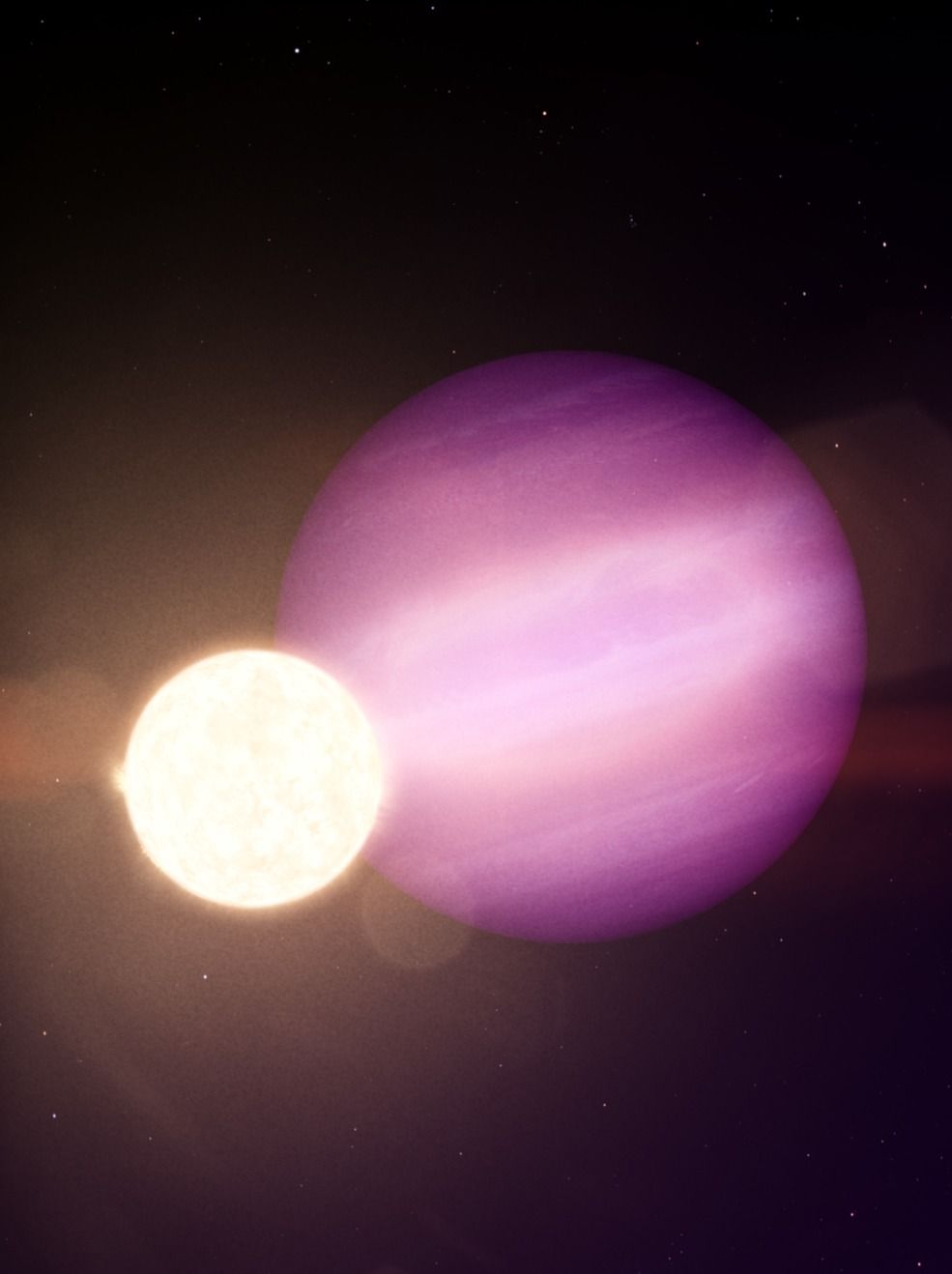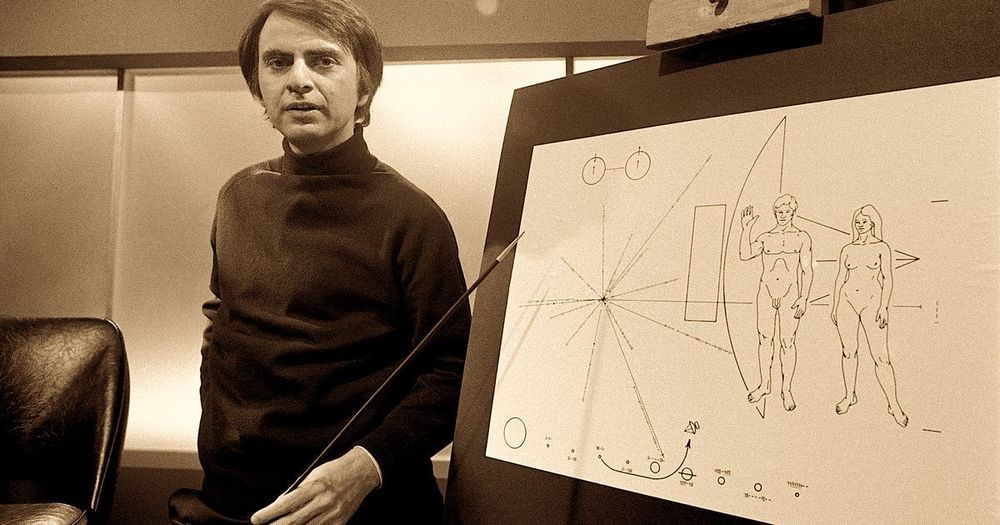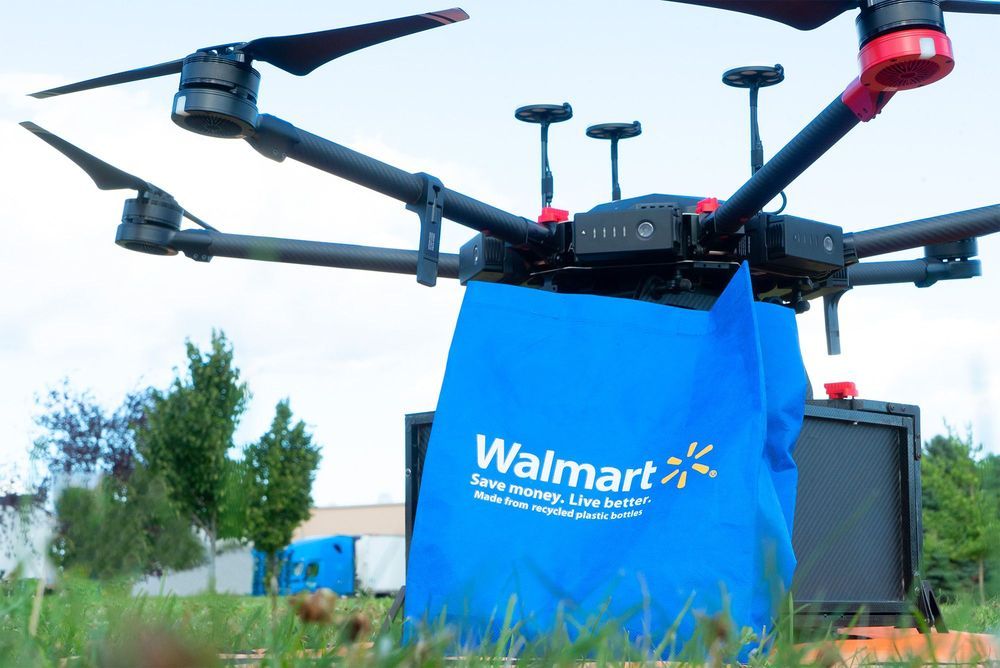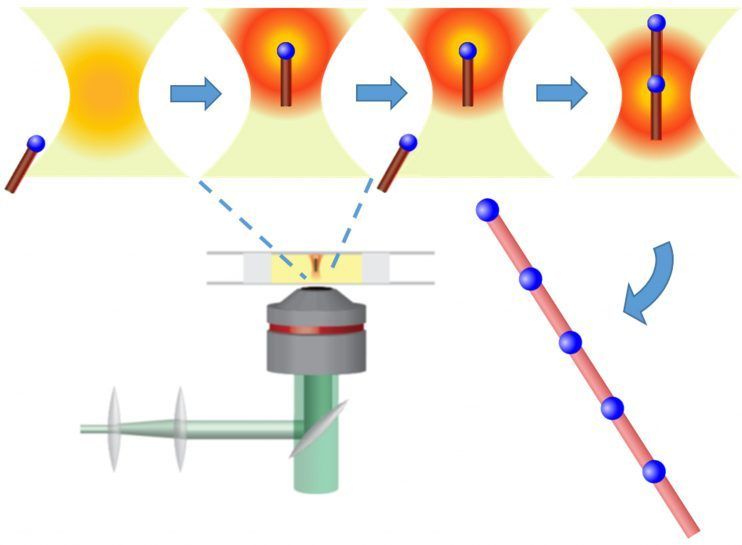Sep 16, 2020
Proofs of life on Venus can be obtained only through contact explorations
Posted by Malak Trabelsi Loeb in categories: alien life, chemistry, climatology, evolution
Discovering chemical substances as possible chemical markers of life existence in Venus’s atmosphere via remote astronomical observations cannot be considered objective evidence of life existence on the planet, says Roscosmos Executive Director for Science and Advanced Programs Alexander Bloshenko. ‘Credible scientific data on that matter can be obtained only via contact explorations of the planet’s surface and atmosphere,’ he added.
Notably, the USSR was the only country to conduct regular explorations of Venus using on-planet stations. The first ever soft landing on another planet’s surface in the Solar system was performed in 1970 by the Venera-7 descent module. Several orbital missions and landings provided detailed data on the Venerian climate, soil and atmosphere composition. The Soviet Venera-13 spacecraft still holds the record as the longest active spacecraft on Venus remaining operational for 127 minutes.
A huge breakaway of the Soviet Union from its competitors in exploration of Venus contributed to the fact that USA called Venus a ‘Soviet planet’. Having recently analyzed the pictures of Venus captured by Soviet missions, scientists of the Russian Academy of Sciences claimed they discovered moving objects and even might be living. And it remains to be seen, whether these guesses are true.
Continue reading “Proofs of life on Venus can be obtained only through contact explorations” »


















